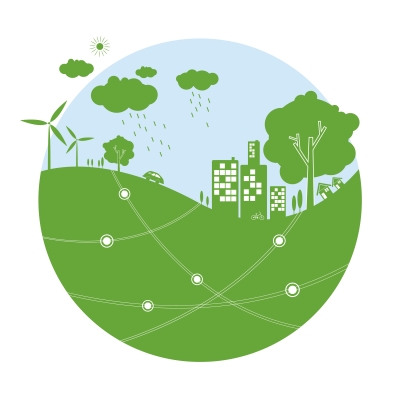LEED or Leadership in Energy & Environmental Design is a green building certification program that recognises best in class building strategies and practices. To receive LEED certification, building projects must satisfy some prerequisites and earn points to achieve different levels of certification.
In Canada, the process of LEED certification comes under the authority of Canada Green Building Council (CaGBC).
35% of all greenhouse gases are generated by buildings, 35% of landfill waste comes from construction and demolition activities and 70% of municipal water is consumed in and around buildings. Constructing cleaner and greener buildings will have a significant impact on larger environmental goals.
There are 5 steps to get your LEED building certified.
1. Determine the rating system to be used
Each building has a different type of rating system. It depends upon the type of the building, the stage of construction and the nature of the building’s usage. The rules will be different for a residential building from those for a commercial building. There are some minimum program requirements to be fulfilled.
2. Register your project
Register your project to be certified on CaGBC’s website. After the registration, your project may be referred to as LEED Candidate or LEED Certification Candidate. It will also be listed on CaGBC’s public website.
3. Certification application
Submit your certification application and pay a certification review fee. These fees will differ as per the building type and square footage. Be sure to pay these fees before the sunset date for the rating system under which the project was registered. Normally, the sunset date for LEED Canada version 1.0 and version 2009 is 6 years from the close of registration.
4. Application review
Once you have filed the application, it will be reviewed by the council. The timings for these reviews differ according to the type of building and the kind of review.
5. Receive the decision
If you receive an affirmative decision, then your building is LEED certified. If the decision is negative, you can always go for an appeal. Adhering to all the guidelines will save you from any kind of declination from the council.
Getting your LEED certification will help you do your part in creating a better world to live in.

